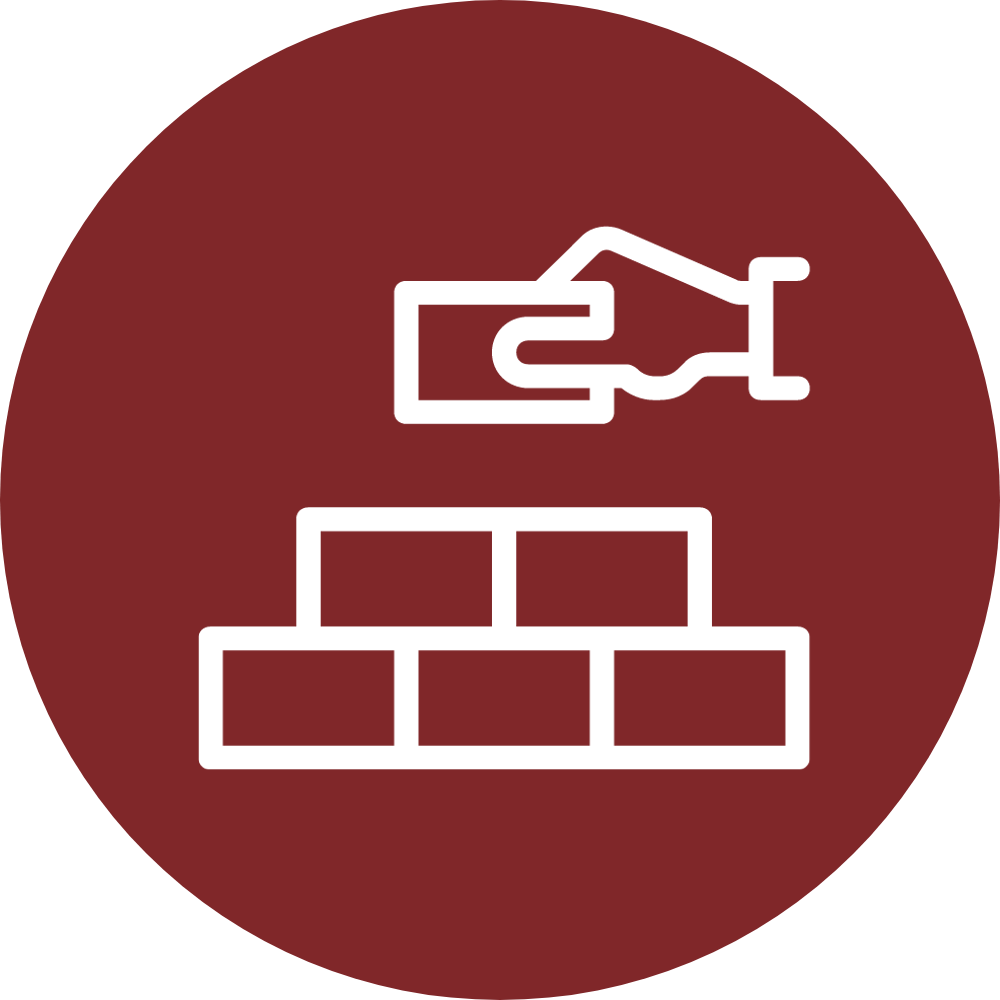
Planning
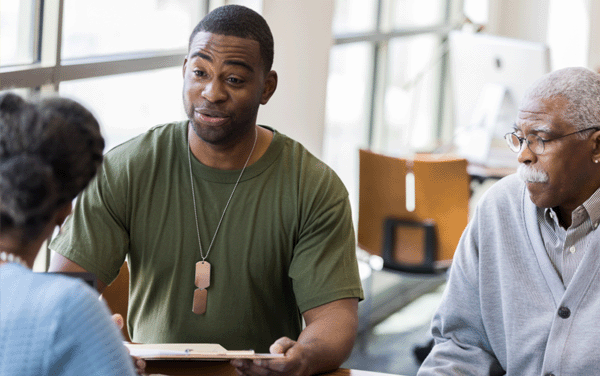
Course Length: 1.5 hours
T2T1: Transition 2 Teaching - Introduction
This course will focus on "Bringing the Best, Brightest, and Bravest to the Classroom!" Throughout your assignments, you will have the opportunity to learn strategies and helpful tips on how you can transition your military skills and experience from the front lines to the classroom. Learn from fellow veterans as they explain how mentorship, collaboration, teamwork and a sense of community set them up for success.
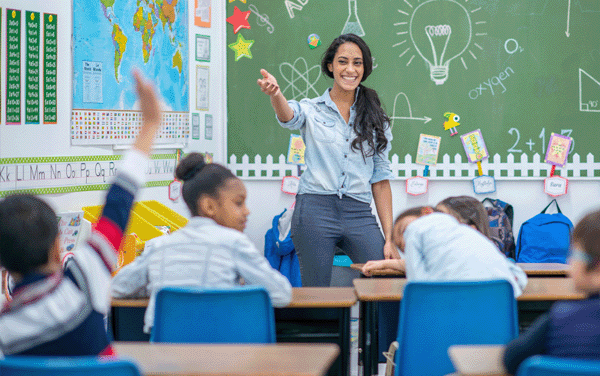
Course Length: 5.5 hours
T2T2: Lesson Planning, Pacing and Backwards Design
Just like a military operation, planning is key. Lesson structure and pacing is key to maximizing learning time and keeping students engaged, on task, and learning. Throughout this course, you will be provided with tips and tricks for creating coherent, well-paced, structured lessons. You will learn about the importance of managing classroom procedures like transition times and material distribution and will discover the importance of planning lessons with a clear beginning, middle, and end.

Environment
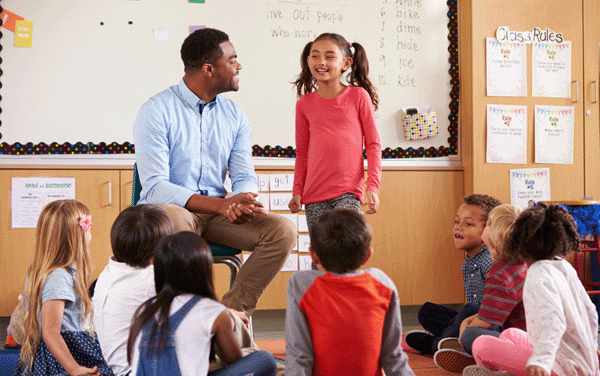
Course Length: 4.5 hours
T2T3: Building Positive Relationships
In this course, new teachers will learn from two military
veterans turned educators, as they discuss the importance
of relationship building in the classroom. They will share
their experiences and insights how focusing on positive
relationships made a huge difference as they transitioned
into their new roles in the classroom. This course is designed
for veterans new to the classroom who are building the
foundation for creating a classroom of mutual respect, care,
and trust between students and teachers. Learn how
fostering positive relationships with students will help
promote enthusiasm and engagement.
elementary ‐ intermediate ‐ secondary versions

Course Length: 3 hours
T2T3.4: What Student Behavior is Telling You
With insights from military veterans who are leading successful careers as teachers, you will be challenged to think about behavior differently. By paying attention to behavior cues and understanding that negative behavior is actually about a student's state of regulation, you can start looking at what is driving the behavior. Knowing the function of the behavior will allow you to be proactive in identifying ways to prevent future issues. Behavior is an important form of communication. What are your students trying to communicate? How can you respond to the student, not the behavior?

Course Length: 2 hours
T2T4: Positive Behavior Supports
Designed for military veterans transitioning to teaching, this course explores how to use PBIS (Positive Behavior Intervention Supports) to connect with students proactively. You will learn from fellow veteran, Charles Morrison, who became a teacher, administrator and PBIS facilitator after active military duty. He teaches the importance of understanding behavior as a form of communication and frontloading positive interactions with students so when you need to intervene, it can be done through a pre-established connection.
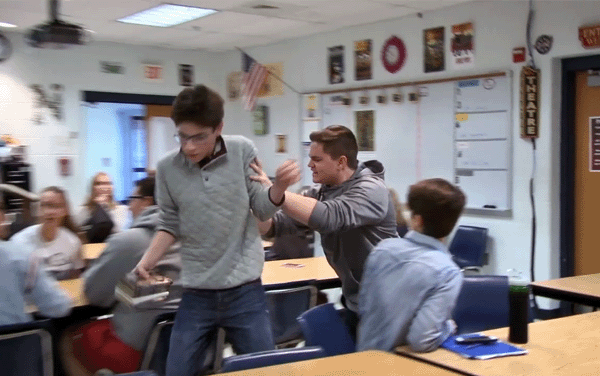
Course Length: 3 hours
T2T5: Don’t You Dare Throw That Chair
In this course, you will view life-like classroom scenarios that
show both the unproductive and productive versions of
situations you might face in the classroom. These scenarios
will give you a window into the classroom of other teachers
to see how you can best apply trauma-informed practices to
identify dysregulation, de-escalate potential conflict and
respond proactively to your students' needs.
elementary ‐ secondary versions

Instruction
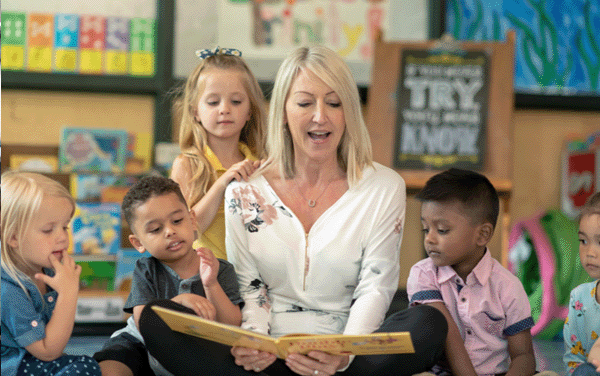
Course Length: 4 hours
T2T6: Exceptional Teaching in Action
Designed for military veterans transitioning into new roles in
the classroom, this course will focus on characteristics of
exceptional teachers. Participants will explore the qualities
that outstanding teachers embody as well as practical ideas
to use in the classroom that will help evolve your own
teaching practice. You will get a sneak peek into real
classrooms where exceptional teaching is happening and
evaluate a lesson to see how the teacher in the example is
measuring up. Learn from state teachers of the year and
veteran, Charles Morrison, as they share their insights into
how to teach, reach and inspire your students.
elementary ‐ intermediate ‐ secondary versions
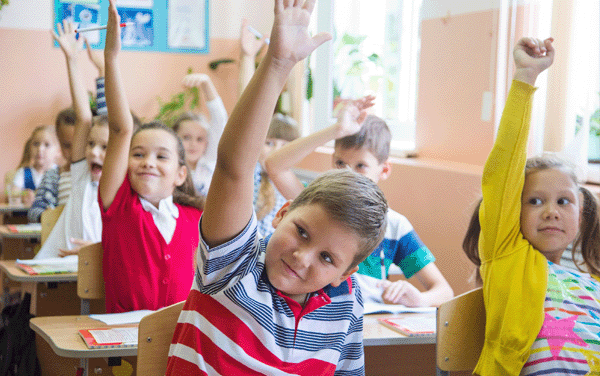
Course Length: 6 hours
T2T7: Student Engagement
Designed to help military veterans transition to teaching, this course provides an overview of research based instructional practices like high level questioning, critical thinking activities and project-based learning. Student engagement is not the same as student participation! Busy students are not necessarily engaged cognitively. Learn why and how to become a facilitator of learning as you move away from being a "sage on the stage" and embrace your role as a "guide on the side"".

Course Length: 4 hours
T2T8: Scaffolding and Differentiation to Meet All Learners' Needs
What's more rewarding than watching a child with autism blossom in their learning right before your eyes? Educating students with autism is an intensive undertaking, that involves many working parts and people. This course will provide you with practical instructional strategies to use when working with your students with autism. Explore classroom modifications, constant time delay, task analysis, visual supports, social cues and more.
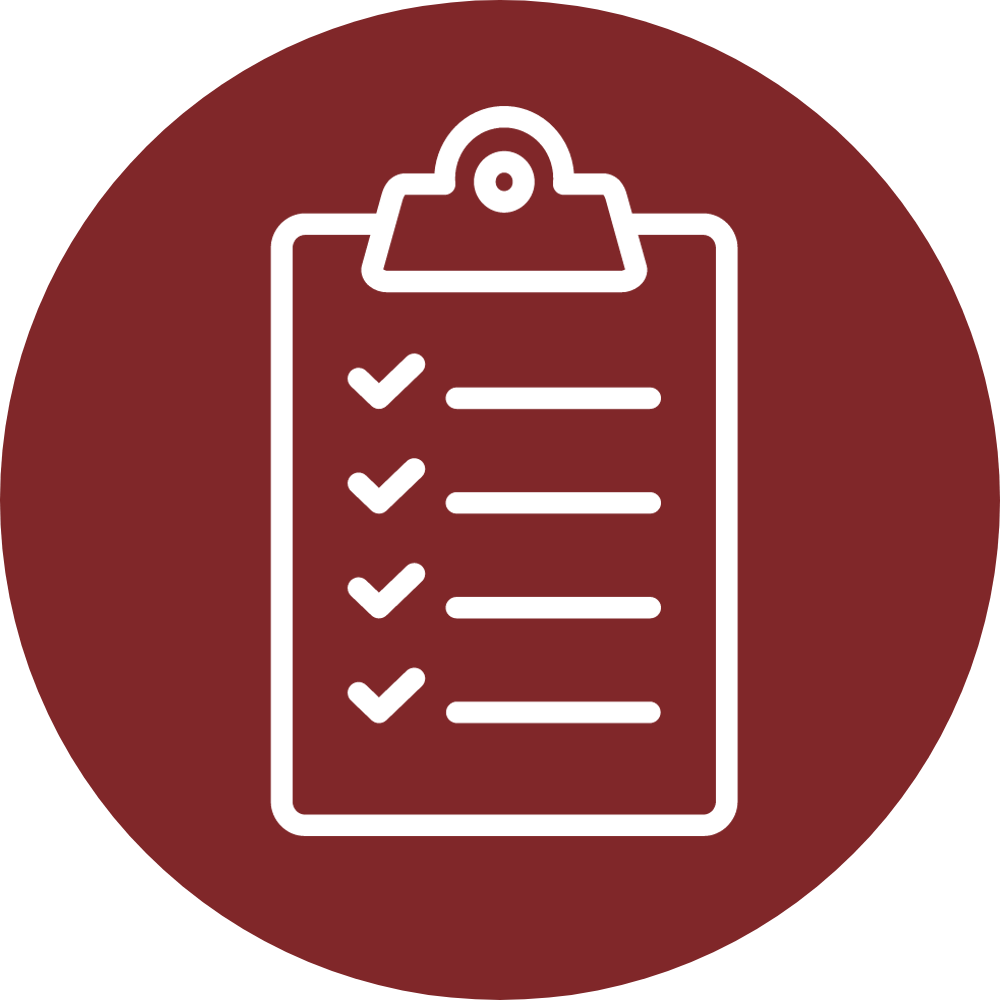
Professionalism

Course Length: 3 hours
T2T9: Professionalism and Commitment
With military veterans in mind, this course will explore the concept of professionalism. You will learn from fellow veterans who have made the transition to the classroom and seasoned educators about the importance of self-assessment, growth and passion for the teaching profession. Great teachers inspire great students. In fact, research shows that an inspiring and informed teacher is the most important school-related factor influencing student achievement. In this course, you will consider the professional commitment needed by teachers including collaboration with colleagues, ongoing reflection, positive community relationships, communicating effectively with students’ families and school-related professional responsibilities.